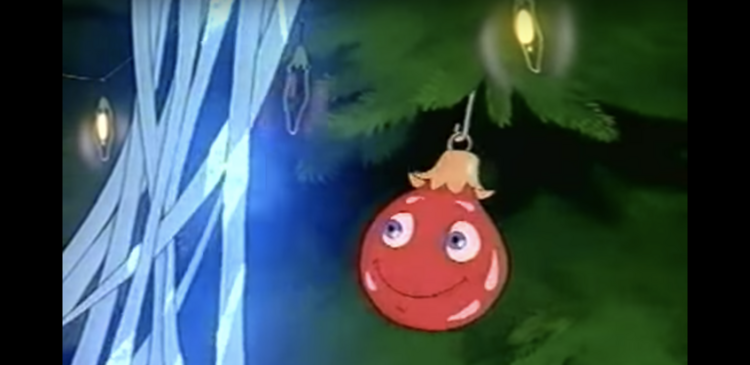You know Dasher and Dancer, and Prancer and Vixen, Rudolph and Hermey and Frosty and Blitzen. But do you know Noel?
Among the Christmas season’s many holiday stories, perhaps none is more famous than “Rudolph the Red-Nosed Reindeer.” In 1939 the Chicago department store Montgomery Ward hired an ad writer who created the story of Rudolph for a holiday coloring book. It was a sensation. Ten years later the singer Gene Autry made the story a permanent holiday fixture. When, in 1964, Arthur Rankin Jr. and Jules Bass produced their stop-motion television special, the tale of the little reindeer teased for his shiny nose had long been a classic.
While the basic outline of the animated special comes from the original coloring book, many of its most famous elements, like the Abominable Snowman or the Island of Misfit Toys, came from Romeo Muller, a Bronx-born screenwriter and puppeteer who worked with Rankin and Bass on a series of animated specials, many of them Christmas-related: “Santa Claus is Coming to Town,” “The Little Drummer Boy” and “Frosty the Snowman.”
Each Christmas Eve, a New York radio station would broadcast Muller reading a Christmas story. But the tale Muller chose was not that of Rudolph or Frosty or any of his other famous characters.
No, each year Muller told the story of another outcast: a little red Christmas ornament named Noel, who was different not because of the way he looked but because of the cheer he had inside of him. While all the other ornaments were crusty and cynical, Noel had an irrepressible sense of joy. “Hi, my name is Noel,” he said each time he introduced himself, “and I have a happiness.”
In 1992, just months before Muller died of cancer, his radio story about Noel got its own animated special on NBC. But the show never really took off like his other work; the animation was kind of bland, and the story perhaps too harsh for Christmas.
Noel becomes most fully alive at the moment he collapses.
Noel never finds an island of misfits who can appreciate him for who he is. Instead, he spends his life with the unhappy ornaments, still happy but eventually forgotten with all the rest and left to decay in the attic. When a new family moves in and discovers the decorations, they are too chipped and dirty to hang—except for Noel. But he proves so weak upon hanging he quickly cracks and shatters—not exactly the merriest of Christmas stories.
But in a storyline that echoes “The Velveteen Rabbit”—which also has never really succeeded in an animated format, despite being one of the greatest children’s stories of all time—Noel becomes most fully alive at the moment he collapses.
Every year Noel wonders who is in the little manger set up below the tree. He asks the Christmas trees; they, too, are curious. “Somehow,” says one, “that stable is what this thing is all about.” When he crashes to the ground in his old age, Noel is finally able to see within the crèche. And lying there before the Holy Family, Noel’s spirit is released out into the world. Rather than “having a happiness,” Muller tells us, Noel now is a happiness, “the pure joy of Christmas.”
Today “Noel” is the red-nosed reindeer of Christmas specials, forgotten in some dusty corner of a network’s reel library, only to be seen by those who stumble upon it on YouTube. Its storytelling does not have the polish or pizzazz of its peers. But it might be the Christmas story for our times; amid cynicism and negativity, Noel keeps his eyes on the little manger and has a life of wonder and joy.
We each have a happiness within us, Noel reminds viewers, and it can sustain us and cheer our world.










